Lincoln's O Street
Is Lincoln’s O Street the longest straight main street in the world? With “official” lengths varying from 20 miles to 59 miles, the world may never know. No matter, the historic thoroughfare is close to the hearts of many Lincolnites.
Is Lincoln’s O Street the longest straight main street in the world? With “official” lengths varying from 20 miles to 59 miles, the world may never know. No matter, the historic thoroughfare is close to the hearts of many Lincolnites.
(This story first appeared in the July/August 2012 issue of Nebraska Life Magazine)
THE JOURNEY of perhaps the world’s longest straight main street begins with a single letter. O. “O Street is the spine of our city of Lincoln,” said Jill Dolberg of the Nebraska State Historical Society. “It’s in a constant state of development and it reincarnates itself over and over. Fortieth and O Street is unrecognizable from when I grew up here. There used to be Coolcrest Miniature Golf, with all kinds of obstacles, roaring dragons, and rockets blasting off. The roller skating rink is still there.
“Before my living memory there was Ken Eddy’s Drive Inn, a totally American Graffiti or Happy Days kind of place,” she continued. “Now there’s Target, Super Saver and Hy-Vee. O Street reminds me of Rome and Constantinople. We’re building upon the ashes of what was there before.”
After achieving statehood in 1867, the new Nebraska State Legislature directed Gov. David Butler, Secretary of State Thomas Kennard and State Auditor John Gillespie to choose a site for a new state capital. After exploring the western frontier of what was thought to be uninhabitable land, they settled on a fledgling village with a handful of people and even fewer buildings. It was called Lancaster.
Lancaster’s most remarkable feature then was the salt deposits that drew such entrepreneurs as J. Sterling Morton, famous for tree planting and, eventually, the Morton Salt Company. Lancaster’s salt industry ultimately dissolved, and the village of saltof-the-earth types crystallized into a new capital city renamed for the 16th president.
Founded by a Methodist elder named John M. Young in 1863, Lancaster’s southern border had existed as a rutted trail for moving people, wagons, oxen and cattle. Young dubbed it Locust Street, and when the village was redrawn as the capital city, the street was renamed, purely as a matter of alphabetical chance, as O Street.
O Street became the center of Lincoln and the heart of a new commercial district. It divides the city on any Lincoln map. For all intents and purposes, O Street is Lincoln’s main street.
Little, if anything, remains today of O Street’s pioneer origins. But a weathered brass plaque at Sandy’s Bar on the corner of 14th and O streets in downtown Lincoln marks the site where a log cabin was built in 1864 by Luke Lavender. Local legend holds that this was the community’s first building, though some historians argue that the first might actually have been built by postmaster Jacob Dawson, near what is now 7th and O streets.
That historical debate notwithstanding, it is impossible to argue O Street’s place in history. The people of Lincoln today, the commuters and shoppers and tourists and residents, are, quite literally, following in the footsteps of the first rugged visionaries who gazed upon a rolling stretch of unspoiled, untamed prairie.
Linda Hubka grew up in Lincoln and never left. The human resources director for Whitehead Oil, which operates 21 convenience stores in the Cornhusker State, remembers her childhood among the towering businesses flanking O Street. “Myself, my family and friends, we have fond memories of Brandeis and the other department stores that used to be downtown,” Hubka said. “Families would go from store to store shopping; we’d see our friends there. Those were sweet, simple – innocent times. Somewhere along the way, downtown died. But now it’s coming back. It’s evolving and moving up. O Street is a living, breathing thing, and new life is being put into these old buildings.”
When Yia Yia Pizza opened at 1423 O St. in 1993, owner Nader Sepaphur kept the original tin ceiling and brickwork of the 1910 building that served initially as a loan company upstairs, with the groundfloor storefront serving as a bicycle shop. Sepaphur believes in the potential of Lincoln’s downtown as a retail destination, and owns several other businesses, including the Marz Bar and Oso Burrito, all within two blocks of each other. He isn’t the only investor pinning future successes on O Street.
MacPractice, which develops Macintoshbased software systems for physicians, dentists, optometrists and chiropractors, formed in Lincoln in 2004 with just two employees and has been growing ever since. Now, with more than 100 employees and outgrowing its already once-expanded facility in Lincoln’s Haymarket District, owner Patrick Clyne plans to change Lincoln’s skyline by building a seven-story brick and glass headquarters at 1023 O St., next to the historic Gold’s building.
The new building’s top four floors would be occupied by MacPractice, and the bottom three floors would be leased for retail tentants and office space. There would be an underground parking facility, and the state-of-the-art facility would also contain an auditorium, kitchen and meeting space. MacPractice hopes to move into the multimillion-dollar facility by 2015.
August Dietze was a theater pit musician, but when silent films gave way to talkies and he found himself unemployed in 1927, Dietze opened Dietze Music Shop. In 1941, it relocated one block west to its current location and is now known as Dietze Music House.
The nondescript, narrow three-story building is nestled between 12th and 13th streets in the heart of downtown, and squeezed by the Centerstone building (formerly the Burr Block) to the west and, to the east, the Commerce Court building. In its time, the store has welcomed more than a few famous characters. Its employees over the years have included Matthew Sweet, a successful singer/songwriter perhaps best known for the 1991 hit “Girlfriend,” James Valentine, a guitarist for the popular band Maroon 5, and Marty Martin, a Korean War veteran turned Country Western singer and Grand Ole Opry inductee. He’s better known to most as Boxcar Willie.
Keith Heckman is one of three partners in the business and has been there since 1972 after graduating from UNL with a degree in music education. “This was my first job, as a repairman in the business,” Heckman said.
There are now four Dietze Music House locations, one in Omaha, another in Bellevue, and another Lincoln location on South 48th Street. “There’s no secret that retail in downtown Lincoln is not as strong as it has been in the past 50, 60, 70 years,” Heckman said. “Downtown is a viable economic center now. There is a lot of professional space, restaurants and condos. Lincoln really has one of the healthiest downtowns now. But for retail, downtown is not what it used to be.
“We have a commitment on our lease (in downtown Lincoln) for another four years, and we haven’t thought past that. I personally feel a certain pressure to maintain our presence in downtown Lincoln on O Street. I started taking lessons here in the 1950s, so most of my life I have been in
and out of this facility.”
Today, Dietze Music House is one of just a few establishments that date to what some consider the golden age of downtown Lincoln. Walgreens, on the corner of 13th and O streets, is another of downtown Lincoln’s oldest surviving businesses.
It opened at its present location in 1942 and occupies the same building that took the place of an aging turnof-the-century structure that was once home to National Bank of Commerce and then Sartor Jewelers. The bank moved across the street in 1924, into a decorative multistory high-rise that was eventually replaced in 1976 by the building Lincolnites know today as Wells Fargo Bank. Part utilitarian office, part modern art structure, it was designed by the same architectural firm that designed the entryway of the Louvre in Paris. In the meantime, Sartor Jewelers grew into Sartor Hamann Jewelry, just down the street.
At various times in the middle part of the 20th century, Dietze Music House, Walgreens, and Sartor Hamann Jewelry shared O Street, from about 9th to 17th streets, with stores and shops of all sizes. They went by names like Gold’s, Hovland Swanson, and Mangel’s. There was Wells and Frost, Robinson’s, Hardy’s and Harley’s, Baker’s and Barker’s. There was Latsch’s, W.T. Grant, Ben Simon & Sons, Lawlor’s, and Woolworth’s. At Magee’s, on autumn Saturday afternoons, employees would post score updates from Nebraska Cornhusker football games in the front window. Kresge’s was famous for its doughnut-frying machine just inside the door. And, of course, there was Miller & Paine.
The venerable department store has been gone from Lincoln for nearly a quarter century, but people still talk about visiting the Miller & Paine Tea Room and enjoying, among other things, its now legendary macaroni and cheese, and cinnamon rolls. The nostalgia is so great, in fact, that aficionados can still purchase “Miller & Paine Cinnamon Rolls” at Runza restaurants.
It is a commonly held belief around Lincoln that O Street is the longest straight main street in the world. The grand claim to fame is printed in several publications and appears on many websites, but local experts and historians are, at best, indifferent and, at worst, suspicious about the veracity of this designation. At the same time, they don’t seem eager to dismiss the idea outright, opting instead for a sort of “no harm, no foul” approach, which surely comes in handy whenever the topic of conversation turns to urban legends.
Other Internet hits designate Main Street in Bellevue, Ill., at 13 miles long, as the longest. Island Park, Idaho, makes the web ranking with a Main Street touted as being 33 miles long. Colfax Avenue in Denver makes the list, as does Los Angeles’ Figueroa Street, and the legendary Broadway in New York City. O Street is often said to be 59 miles long, but when measuring outside of Lincoln’s City limits, can it really be declared as part of the community’s main drag?
“If you’re in Emerald, (an unincorporated community just west of the capital city) you’re on West O, but you aren’t in Lincoln,” said Ed Zimmer, Lincoln’s historic preservation planner. “I’m pretty much an agnostic in the area of longest/ straightest descriptions of O Street.” Checking the city’s corporate limits, he figures O Street to be roughly 20 miles long.
“I suppose it could be the longest main street in the world,” Zimmer concluded. “There really is no way of knowing something like that for sure.” If you’re traveling from west to east, it isn’t particularly obvious where the asphalt ceases to be Highway 6 and becomes O Street, before eventually turning into Highway 34.
World-record holder or not, O Street today is indeed an impressive thoroughfare, a far cry from the two lanes of bricks that rattled cars into the 1960s. Even today, Lincoln is irksome to traverse north and south. City engineers have made impressive strides over the years to redirect and regulate traffic. They have modernized and widened streets wherever possible to keep pace with growth. But for all their efforts, there is nothing like O Street, nothing available north and south that seems so purposeful, so perfectly suited to its appointed task. From behind the wheel, it drives in spots like a modern, multi-lane freeway: wide, smooth, and fast – unless, for instance, you try to go from 17th Street to 33rd Street around 5 p.m.
From other angles, however, O Street resembles something very different. From high above and as you crest certain hills along its length, O Street’s older stretches look very much like a powerful river that was once rerouted by engineers and is now straining against its artificial banks. Here a quaint past meets a bustling present.
So it matters little that O Street’s dubious distinction cannot be verified by the experts. It is far more important what this legend suggests about the spirit of those who have lived and worked along O Street for nearly 150 years. To these people, who have traveled and tended this ribbon of tarmac stretched tightly over the landscape, it dominates their field of vision. It sways the movements of their lives and shapes their sense of direction. The impact of this relationship between people and place, between a community and the strip of road that pierces its heart, cannot be understated. It is powerful and enduring.
Subscribe to Nebraska Life Magazine and receive thoughtful stories and beautiful photography featuring travel, history, food, nature and communities of Nebraska.
(This story first appeared in the July/August 2012 issue of Nebraska Life Magazine)
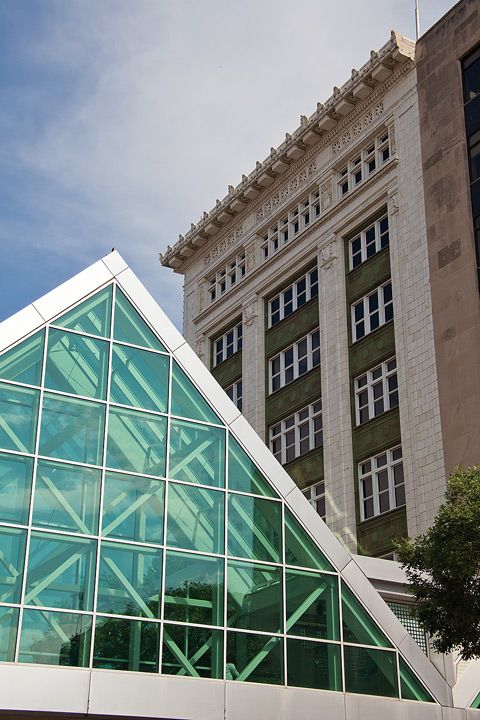
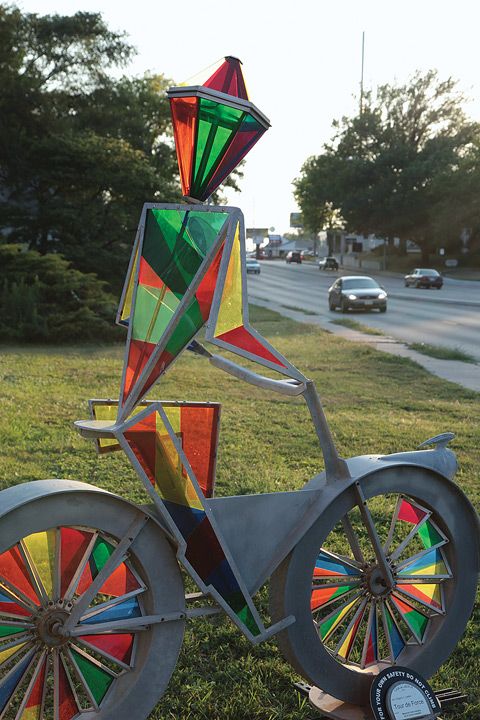
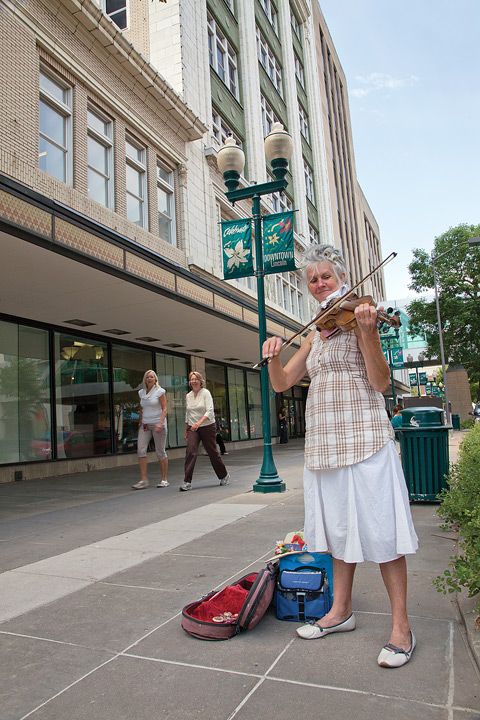
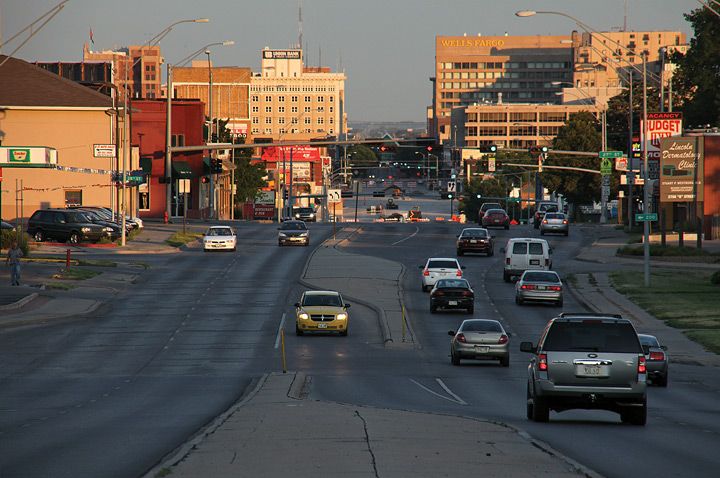
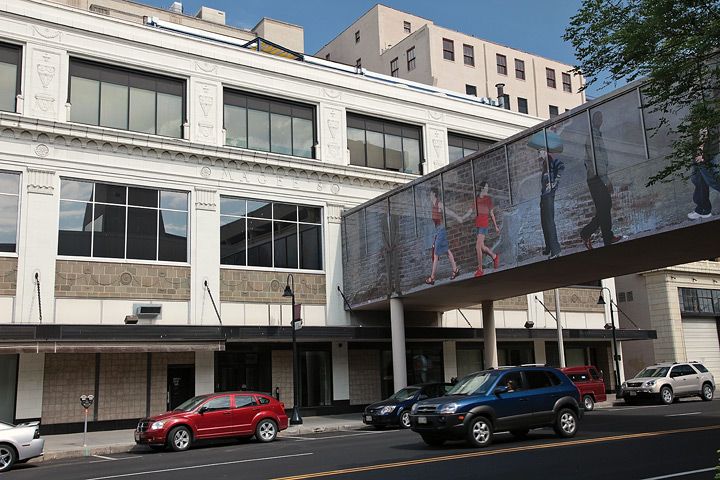
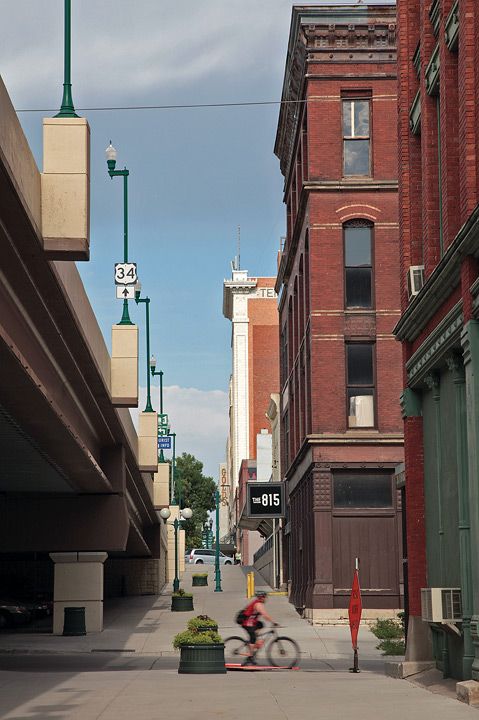
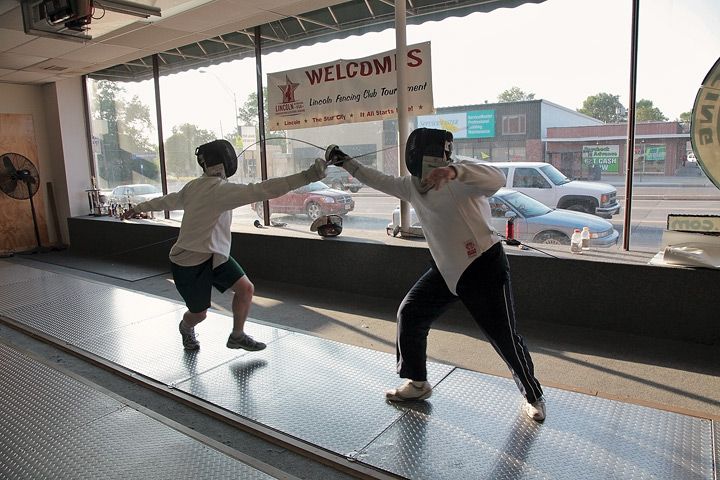
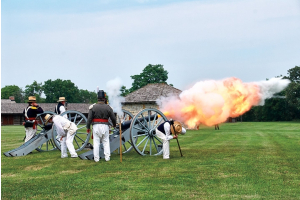
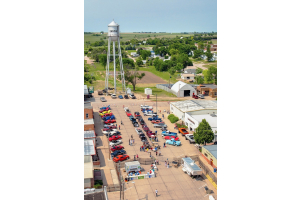
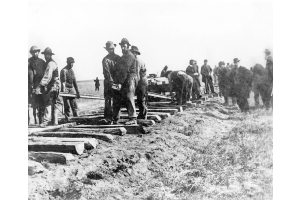
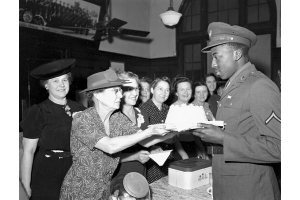
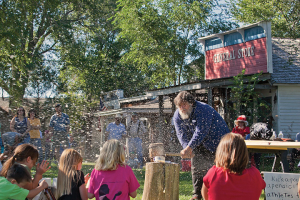
The information below is required for social login
Sign In
Create New Account